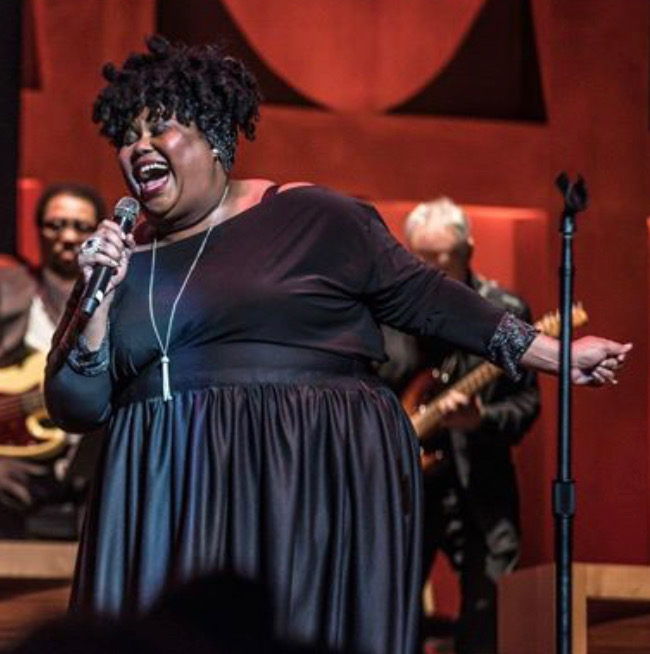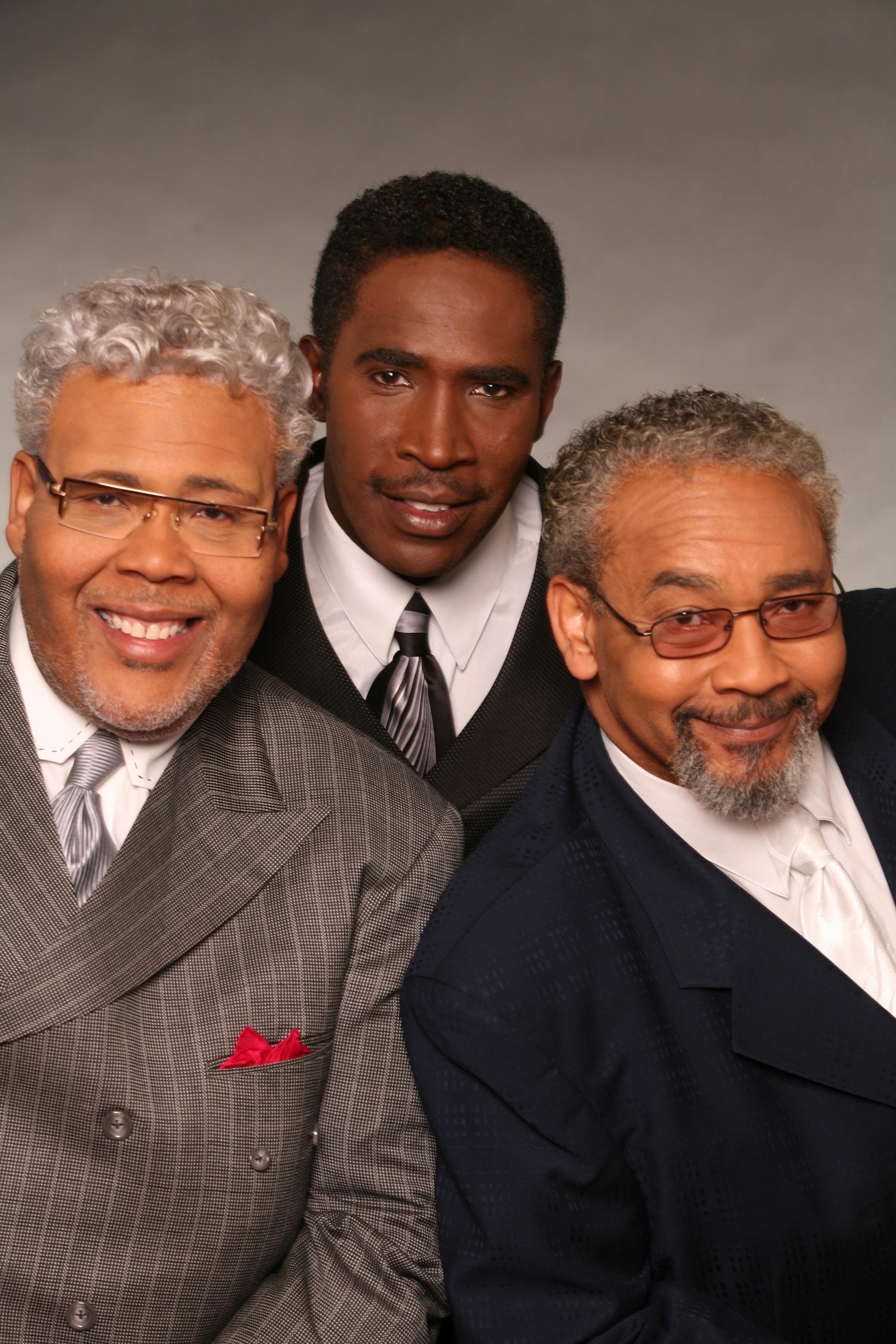Though she grew up in Shreveport, Lousiana, and will be laid to rest there in a ceremony on Saturday, July 9th, Tameka “Big Baby” Goodman was a Memphis performer through and through. Having had health issues for some years, the singer’s death on July 4th was not completely unexpected, but nevertheless sent many Memphis musicians and fans into shock. Goodman was 47, and died from complications related to a heart attack she had in 2016.
Guitarist Joe Restivo worked with her well before then, and thus experienced Goodman in her prime. And his awe is palpable when he recalls her performances. “I worked for her for three years, around 2010-13, at Memphis Sounds, which was this underground soul club. I was playing with the band A440, run by John Williams. As a guitar player, for me to work with a singer of that caliber was an honor. She had an incredible instrument.
“She could generate a lot of power as a singer, but was also very subtle. She could sing in a whisper. Amazing pitch, tone, all that, but the thing about it was that she was amazing at crowd work. She could improvise; she’d pick someone out of the crowd and kind of play with them. She was way more than just a singer. She was a true entertainer, and I think that’s kind of rare these days.”
He pauses, then adds, “And she was one of the nicest, kindest, sweetest women that I’ve ever had the pleasure of working with.”

That’s echoed by all who met her. Singer (and Memphis Slim House executive director) Tonya Dyson befriended Goodman soon after she relocated to Memphis. “I met Big Baby in 2005 or ’06, when she moved here after Katrina,” Dyson recalls. “And she was just a sweetie pie. She had this big Afro, and dressed really Afrocentric, like me. And she could just sing. She really knew her music, and the history around it. So we could talk all day. And she was so straight with everyone, across the board. She was super supportive and she kept up with people. She would call you and leave you a voicemail for your birthday. That was the type of person she was. Just super funny, jovial and happy.
“Even when she got sick and had that massive heart attack, she was still making jokes, and in great spirits. You wouldn’t have known that she had technically died twice on the table. There was a gig she played right after the heart attack, where she gave a powerful testimony. They were telling her family she might not live, and then they said, ‘If you do live, you’ll need hospice care.’ And yet there she was, standing there with a cane, singing!”
Recalling the time of Goodman’s first heart attack, Dyson marvels at her resilience. “They intubated her and it was sitting on her vocal cords. They thought she may not be able to even talk anymore. And within a year, she was up and singing again. That was just the person that she was. She wasn’t gonna take no for an answer, not even from life.”
Goodman’s manager, Jawaskia “JL” Lake, recalls how her life changed for the better in Memphis. “She was born and raised in the church,” he notes, “and she did some things in Shreveport, but she came to Memphis after Hurricane Katrina, and man, when she got there, she blew up. Eventually she even toured the country. She played the Apollo and a whole lot of other places.”
Just as Restivo noted Goodman’s quick wit with a crowd, Lake emphasizes her creativity. “It was hard to have a practice because she was just so creative. She made up stuff right there on stage. She was really one of a kind. You never knew what she was going to do, and she really knew how to grab the crowd. She was a fun, comical person, so she knew how to grab that crowd and interact with people. And just have a good time. She made that a part of her show.”
He also stresses the importance of her longstanding residency at Memphis Sounds. “She created her platform at Memphis Sounds, but after that she played all over the city, including a lot of weddings, a lot of corporate gigs. And she created big fan bases in Jackson and Bolivar, Tennessee. In Bolivar, her show got rained out once, but the people were so determined to see her that we had to find another location, on the spot.”
Lake notes that, though she returned to performing after her heart attack, that rally was short-lived. “It’s actually been about three years since she performed. She had already stopped before Covid. She was in and out of the hospital, and we just lost her.”
Many in the city are grieving, and many are making the trip to Shreveport for tomorrow’s memorial service. Lake notes that plans are being made for a separate memorial service in Memphis, sometime in the near future.
Reflecting on her artistry, Lake concludes, “She was an amazing talent. And you need to pull her up on YouTube to really see how amazing she was.”
“The last song she worked on was with me,” Lake notes, “because I’m an artist as well. We did a song together, and it’s the very last song she ever recorded. We were like brother and sister. She’s the type of person, where once she got to know you and open up to you, it’s like family.”
A memorial service for Tameka “Big Baby” Goodman will be held at 11 a.m. Saturday, July 9 at the Light Hill Baptist Church in Shreveport, Louisiana.


 Shawn M. Carter
Shawn M. Carter 